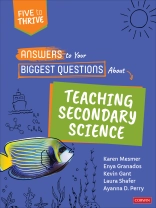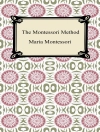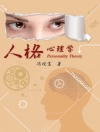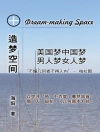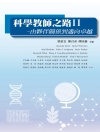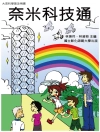Your guide to grow and flourish as a science teacher!
The past two decades have seen a paradigm shift in science education, thanks in large part to the Next Generation Science Standards (NGSS), which advocate a move away from procedural lab investigations and direct instruction and toward increased emphasis on reasoning, sensemaking, phenomena exploration, problem solving, and collaboration. Under this new paradigm, students are learning real science as scientists practice it, so that more and more students are actively investigating questions and pursuing solutions of their own making. As part of the Five to Thrive series for early-career educators, this comprehensive guide provides those who are new to teaching science, as well as seasoned teachers looking to enhance their practice, the fundamentals to develop best teaching practices that reflect their students’ experiences and requirements.
Written by experienced science educators, Answers to Your Biggest Questions About Teaching Secondary Science provides practical guidance on successful strategies and techniques for teaching science in a way that gives every student the opportunity to learn, grow, and achieve at high levels, while providing opportunities to develop their agency and authority in the classroom, ultimately resulting in a positive science identity.
The book is organized around five overarching questions and answers that will help you most thrive in your secondary science classroom:
- How do I build a positive science community?
- How do I structure, organize, and manage my science class?
- How do I engage my students in science?
- How do I help my students talk about science?
- How do I know what my students know and how can I use that information to plan and move them forward?
The book concludes with a sixth question—Where do I go from here?—that provides guidance for growing your practice over time, including discussions on self-care, advocating for students, and an extensive discussion on growing your professional network.
Woven throughout, you′ll find helpful sidebar notes on fostering identity and agency; access and equity; teaching in different settings; and invaluable resources for deeper learning.Strive to become the best science educator you can be; your students are counting on it!
Inhaltsverzeichnis
Acknowledgements
About the Authors
Introduction
Chapter 1: How Do I Build a Positive Science Community?
Chapter 2: How Do I Structure, Organize, and Manage My Science Class?
Chapter 3: How Do I Engage My Students in Science?
Chapter 4 How Do I Help My Students Talk About Science?
Chapter 5: How Do i Know What My Students Know and How Can I Use that Information to Plan and Move Them Forward?
Chapter 6: Where Do I Go From Here? How Do I Keep Learning?
References
Index
Über den Autor
Ayanna Perry, Ph D, is an Associate Director for the Teaching Fellows Program at the Knowles Teacher Initiative. She has been working in education for over 15 years. She taught high school math courses, as well as college level math education courses. In addition to her work as a teacher, she’s also been working as a teacher mentor and coach for high school science and math teachers. She’s published a number of blogs on issues of equity on the Knowles Teacher Initiative website and articles on technology use in math and on equity in math classes in The Mathematics Teacher- including 7 Features of equitable classroom spaces from her dissertation. She also co-authored Five to Thrive: Answers to Your Biggest Questions about Teaching Secondary Math. She is a member of the National Council of Teachers of Mathematics, the National Council for Supervisors of Mathematics, the Association of Mathematics Teacher Educators, the Benjamin Banneker Association, the Association of Maryland Mathematics Teacher Educators, and TODOS Mathematics for All.
